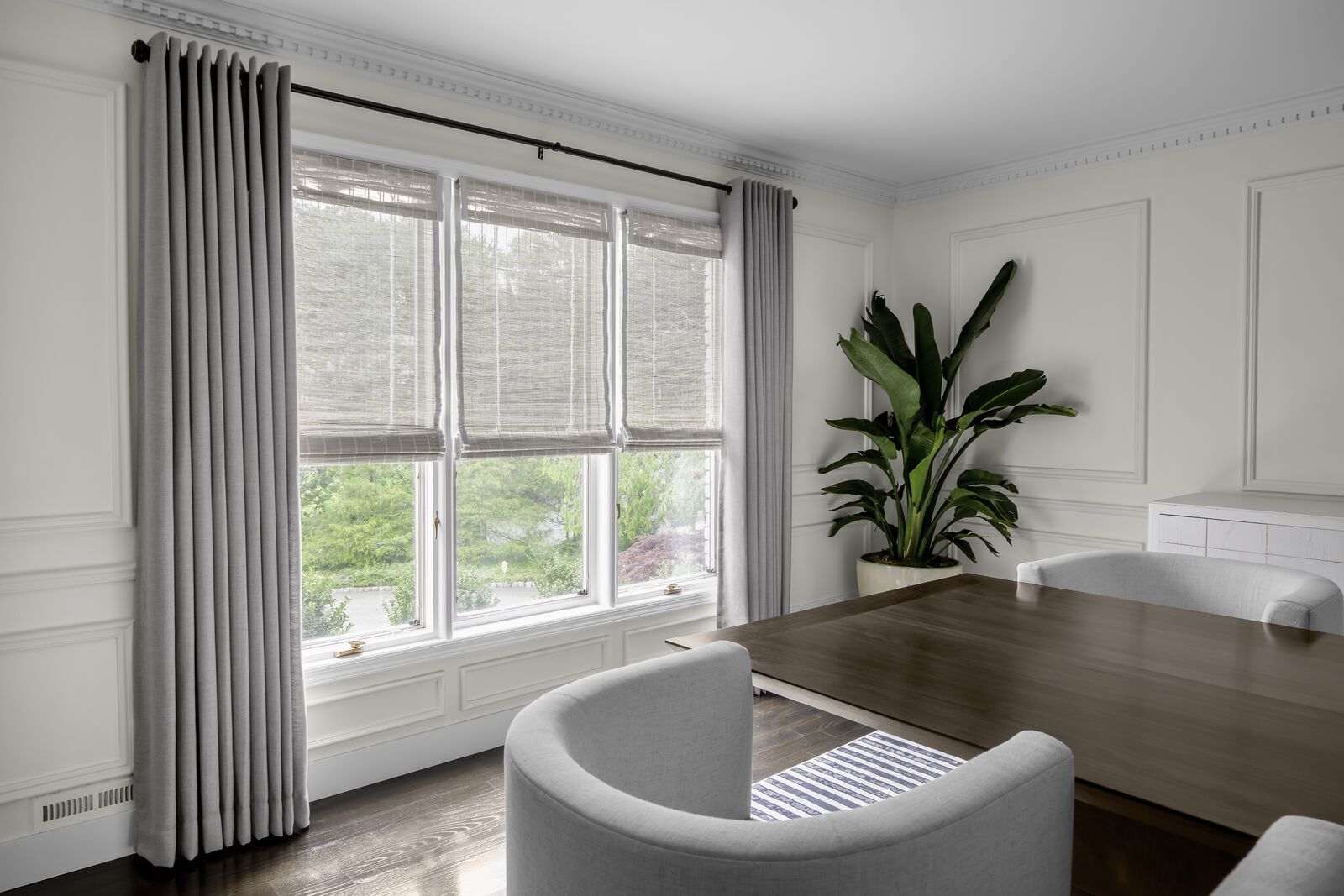

Articles
How To Measure Drapes For Windows
Modified: January 5, 2024
Learn how to measure drapes for your windows with our informative articles. Get expert tips and advice to ensure the perfect fit for your home.
(Many of the links in this article redirect to a specific reviewed product. Your purchase of these products through affiliate links helps to generate commission for Storables.com, at no extra cost. Learn more)
Introduction
Choosing the right drapes for your windows can significantly enhance the aesthetics and functionality of your living space. However, getting the measurements right is crucial in ensuring a perfect fit and a polished look. Whether you are a seasoned homeowner or a new tenant, understanding how to measure drapes for windows is an essential skill to have.
In this comprehensive guide, we will walk you through the step-by-step process of measuring your windows to ensure that your drapes fit perfectly. By following these guidelines, you can confidently shop for curtains and achieve a seamless and stylish window treatment that elevates the overall ambiance of your home.
Key Takeaways:
- Ensure precise measurements by gathering essential tools like a tape measure, pencil, and ladder. Accurate width and length measurements are crucial for perfectly fitting drapes and achieving a polished window treatment.
- Consider curtain length, fullness, and style when measuring for drapes. From standard to puddled lengths, and minimal to maximum fullness, each factor contributes to the overall look and functionality of your window treatment.
Read more: How To Hang Drapes Over Vertical Blinds
Step 1: Gathering the necessary tools
Before you begin measuring your windows, it’s essential to have the right tools on hand. Here are the items you will need:
- Tape measure: A tape measure is the most crucial tool for accurately measuring the dimensions of your windows. Make sure it is long enough to reach from one end of the window to the other.
- Pencil and paper: You will need a pencil and paper or a smartphone to jot down the measurements and keep them organized.
- Ladder or step stool: Depending on the height of your windows, you may need a ladder or step stool to reach the top for measuring purposes.
By having these tools readily available, you’ll save time and ensure that your measurements are precise. Once you have gathered everything you need, you’re ready to move on to the next step: measuring the window width.
Step 2: Measuring the window width
Measuring the width of your window is the first step in determining the size of your drapes. Follow these steps to accurately measure the width:
- Start by positioning yourself directly in front of the window.
- Locate the inside edges of the window frame or the area where you want the drapes to hang.
- Using your tape measure, measure the width from the left inside edge to the right inside edge of the window frame. Ensure that the tape measure is straight and aligned with the edges.
- Round the measurement to the nearest inch or centimeter and record it.
It’s important to measure the width accurately, as it will determine the overall coverage of your window when the curtains are closed. Take note of any obstructions such as window locks or handles and account for them in your measurements.
Once you have recorded the window width measurement, you can proceed to the next step: measuring the window length.
Step 3: Measuring the window length
Measuring the length of your window is essential to determine the appropriate height for your drapes. Follow these steps to measure the window length accurately:
- Position yourself directly in front of the window.
- Locate the top inside edge of the window frame or the desired position where you want the drapes to start.
- Using your tape measure, measure from the top inside edge down to the desired length. You can choose to measure to the window sill for a standard look or go for a more dramatic floor-length measurement.
- Ensure that the tape measure is straight and aligned with the edge, and round the measurement to the nearest inch or centimeter.
It’s crucial to measure the length accurately to achieve the desired visual effect. Consider any obstructions like radiators, baseboards, or furniture that may affect the way the drapes hang.
Once you have recorded the window length measurement, you can move on to determining the desired curtain length in the next step.
Step 4: Determining the desired curtain length
Once you have measured the length of your window, it’s time to determine the desired length of your curtains. The curtain length will depend on your personal style preference and the overall look you want to achieve. Here are a few factors to consider when determining the curtain length:
- Standard length: For a traditional look, curtains that hang just below the window sill are a popular choice. This length is commonly used in kitchens and bathrooms.
- Floor length: Floor-length curtains create an elegant and luxurious look. They should skim or lightly touch the floor, without pooling excessively. This length is ideal for living rooms, dining rooms, and bedrooms.
- Puddled length: If you desire a dramatic and romantic feel, consider puddling the curtains. This involves adding additional fabric that pools on the floor. Puddled length is more suitable for formal areas like dining rooms and bedrooms with a lavish ambiance.
Remember to account for any curtain header or top treatment that you plan to use, as it will add additional length to the overall measurement. Once you have determined the desired curtain length, you can proceed to the next step of considering curtain fullness.
When measuring for drapes, always use a metal tape measure for accuracy. Measure the width of the window and add extra inches for fullness. For the length, measure from the top of the rod to where you want the drapes to end.
Read more: How To Put Drapes On A Bay Window
Step 5: Considering curtain fullness
When measuring for drapes, it’s important to take into account the desired fullness or gathering of the curtains. The amount of fabric you choose will affect the overall look and functionality of the window treatment. Here are a few factors to consider when determining the curtain fullness:
- Minimal fullness: If you prefer a sleek and modern look, opt for minimal fullness. This means selecting curtains that have a width almost equal to the window width. This style works well for lightweight fabrics or if you want the curtains to have a streamlined appearance.
- Moderate fullness: For a classic and balanced look, choose curtains that have moderate fullness. This involves selecting curtains that are 1.5 to 2 times the width of the window. The additional fabric creates a soft and relaxed appearance.
- Maximum fullness: If you desire a luxurious and opulent look, go for maximum fullness. This entails selecting curtains that are 2 to 3 times the width of the window. The generous amount of fabric creates beautiful fullness and depth.
Consider the fabric weight and pattern when determining the appropriate fullness. Heavier fabrics may require less fullness, while lightweight fabrics may benefit from more gathering. Once you have decided on the desired curtain fullness, you are ready to move on to choosing the appropriate curtain rod in the next step.
Step 6: Choosing the appropriate curtain rod
Choosing the right curtain rod is crucial to ensure proper installation and functionality of your drapes. Here are some factors to consider when selecting the appropriate curtain rod:
- Material: Curtain rods are available in various materials such as metal, wood, and plastic. Consider the overall aesthetic of your space and choose a material that complements your decor style.
- Length: Measure the width of your window and ensure that the curtain rod is long enough to span the entire width. It should be at least a few inches wider on each side to allow the curtains to hang freely when open.
- Type: There are several types of curtain rods available, including single rods, double rods, and tension rods. Single rods are suitable for hanging a single layer of curtains, while double rods allow you to layer curtains for added privacy and light control.
- Style: Consider the style of your curtains and choose a curtain rod that complements the design. There are various styles available, including sleek and modern designs, ornate and decorative rods, and adjustable rods for flexibility.
- Installation: Ensure that the curtain rod is easy to install and comes with all the necessary hardware. Some curtain rods require drilling, while others may have a tension-based installation for a no-drill option.
Take your time to research and explore different options before making a final choice. Once you have selected the appropriate curtain rod, you can proceed to the next step of determining the curtain length from the rod.
Step 7: Determining the curtain length from the rod
After choosing the curtain rod, it’s time to determine the exact length of the curtains from the rod. This step ensures that the curtains hang at the desired height and have the perfect length. Follow these steps to accurately determine the curtain length:
- Start by measuring the distance between the top of the curtain rod and the desired length of the curtains.
- Consider any additional elements you plan to add, such as curtain rings, clips, or hooks. These will add extra length to the curtains, so be sure to take them into account.
- Take note of the exact measurement and make sure it aligns with your preferred curtain length and overall window aesthetic.
By measuring the distance from the rod and considering additional elements, you can ensure that your curtains will hang precisely as desired. Now that you have determined the curtain length from the rod, you can move on to adjusting for the curtain style in the next step.
Step 8: Adjusting for curtain style
When it comes to curtain styles, different designs may require slight adjustments in the measurements to achieve the desired visual effect. Here are some considerations for adjusting the measurements based on the curtain style:
- Tab-top or rod pocket curtains: If you plan to use tab-top or rod pocket curtains, you may need to add a few extra inches to the curtain length. This ensures that the curtains can be easily attached to the rod and still have the proper coverage.
- Ruffled or gathered curtains: For curtains with ruffled or gathered styles, you may need to add additional inches to the curtain width. This allows for the fullness of the fabric and creates a pleasing aesthetic when the curtains are drawn.
- Curtain tiebacks or holdbacks: If you intend to use curtain tiebacks or holdbacks to accentuate the curtains, take into account the length they will add when determining the curtain length. Adjust accordingly to ensure proper placement and functionality.
- Curtain headings: Different curtain headings, such as grommets or pleats, may require adjustments in the width measurement. These headings create unique folds and may affect the overall fullness and appearance of the curtains.
Be mindful of the specific style elements you plan to incorporate and make any necessary adjustments to the measurements to achieve the desired curtain style. Once you have considered the curtain style, you are ready to finalize your measurements and proceed with purchasing or making your drapes.
Read more: How To Remove Window Blinds
Conclusion
Measuring drapes for windows may seem like a daunting task, but with the right knowledge and tools, it can be a straightforward process. By following the steps outlined in this guide, you can ensure that your curtains fit perfectly and enhance the overall aesthetic of your space.
From gathering the necessary tools to adjusting for curtain style, each step plays a crucial role in achieving the desired look. Take your time during the measuring process, ensuring accuracy and considering factors such as curtain fullness and desired length.
Remember to account for any variations in curtain styles and the specific features you plan to add, such as curtain rods, tiebacks, or headings. These elements can affect the final measurements and bring your curtain vision to life.
Once you have completed the measurements, you can confidently shop for or make your drapes, knowing that they will fit your windows perfectly. Remember to consider the fabric, color, and pattern of the curtains, as these aspects will further enhance the overall look and feel of your space.
By mastering the art of measuring drapes for windows, you can transform your living space into a stylish and inviting environment. Enjoy the process and embrace the creativity that comes with choosing the perfect window treatments for your home.
Frequently Asked Questions about How To Measure Drapes For Windows
Was this page helpful?
At Storables.com, we guarantee accurate and reliable information. Our content, validated by Expert Board Contributors, is crafted following stringent Editorial Policies. We're committed to providing you with well-researched, expert-backed insights for all your informational needs.
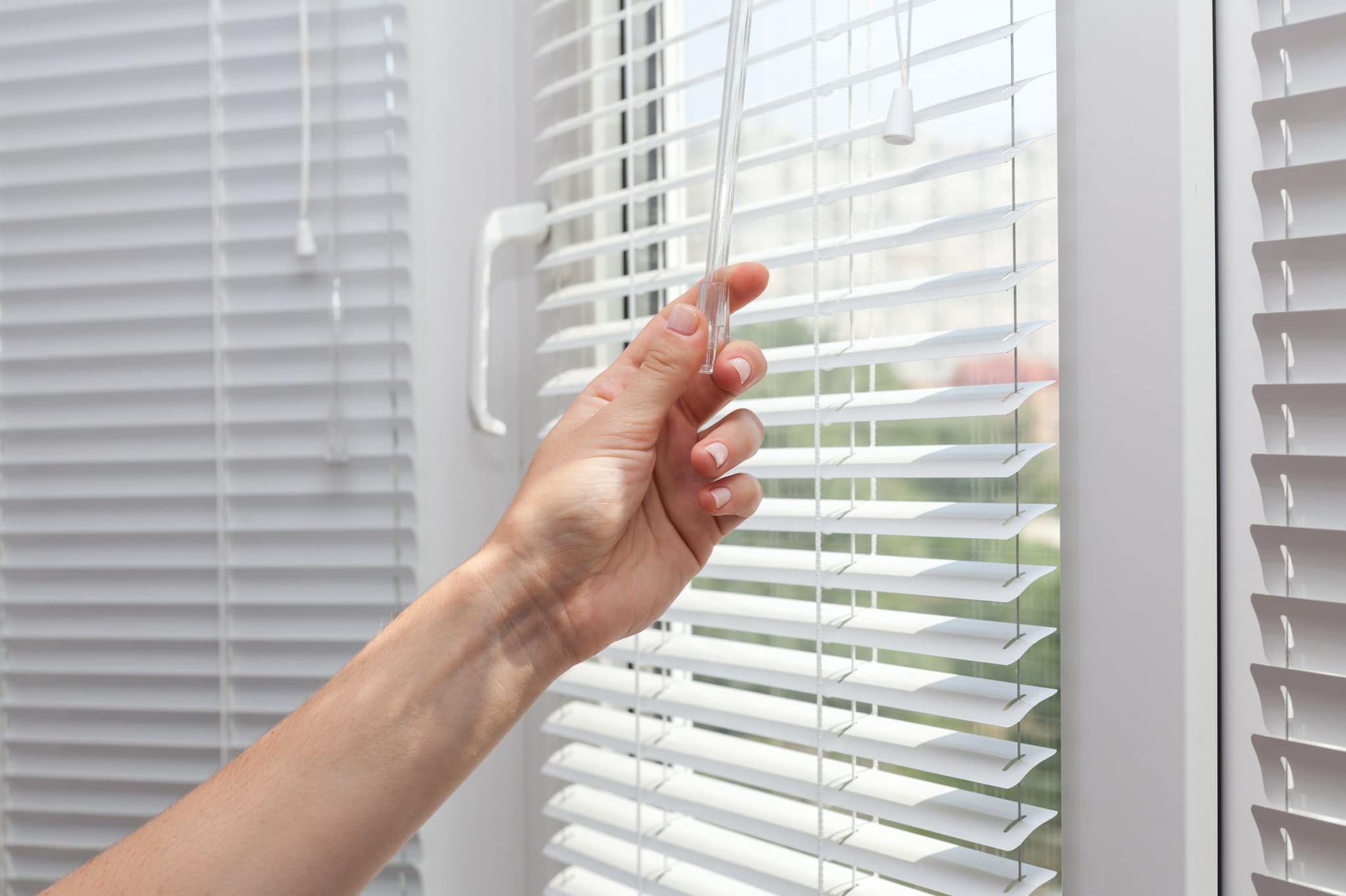
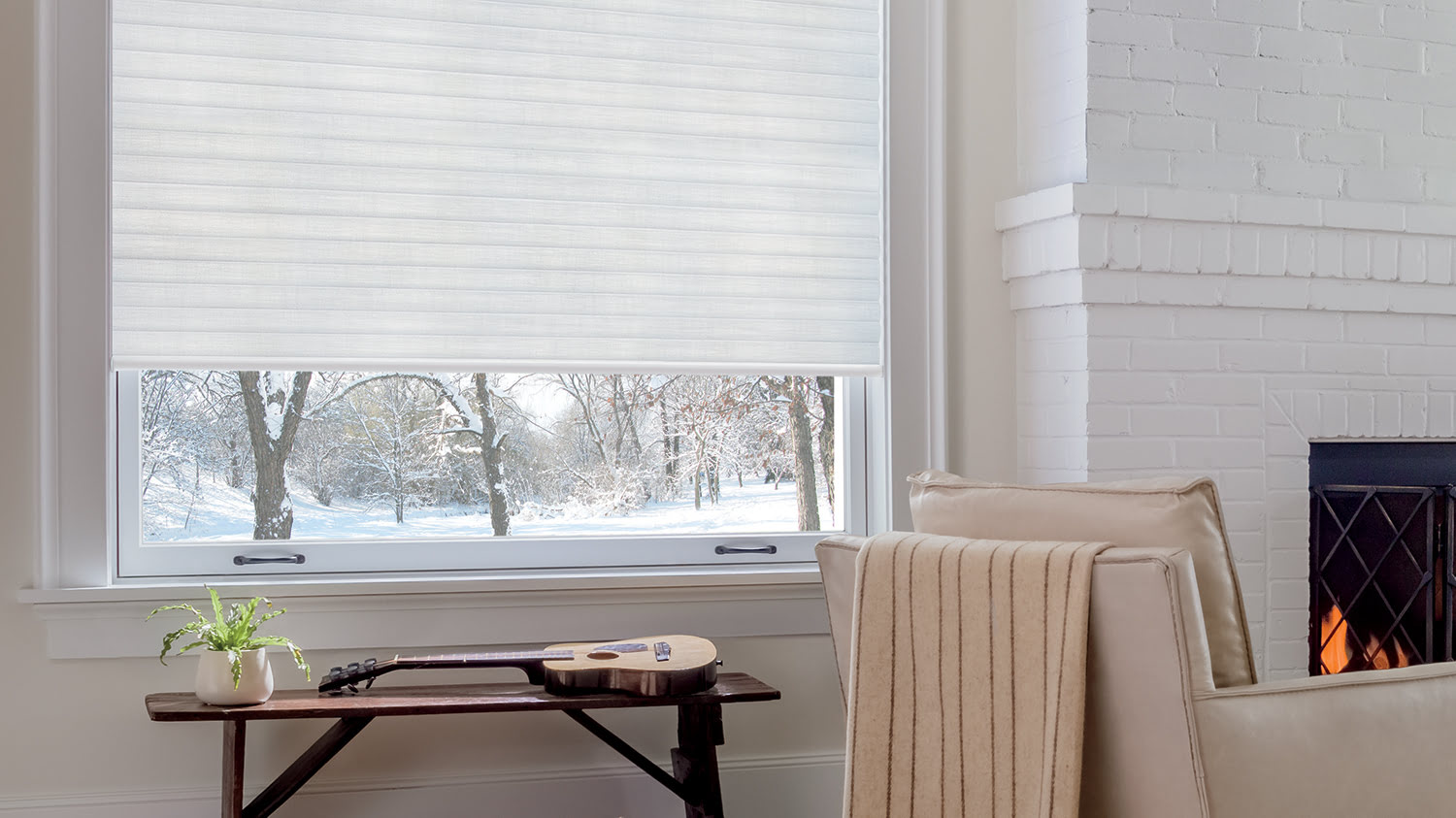
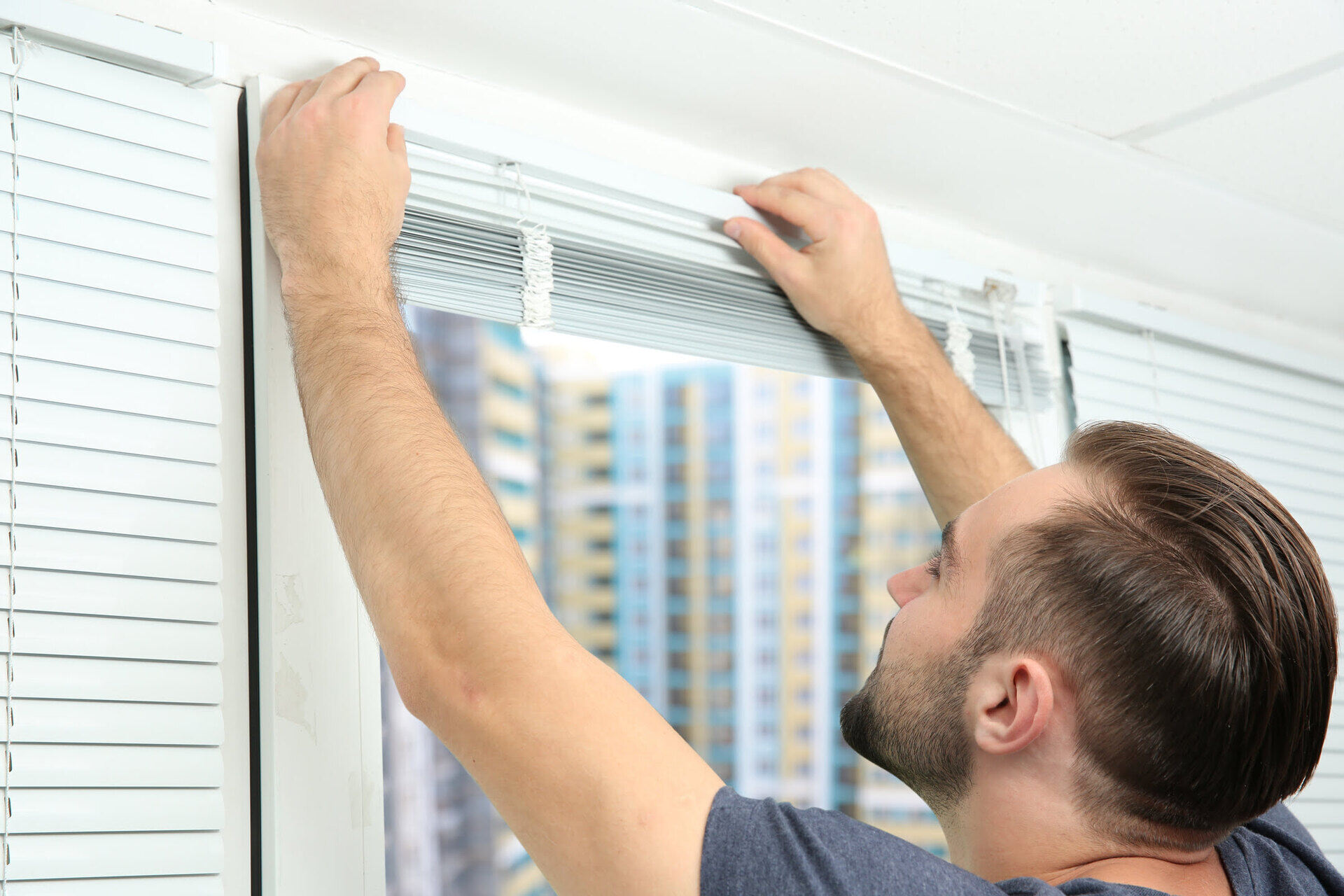
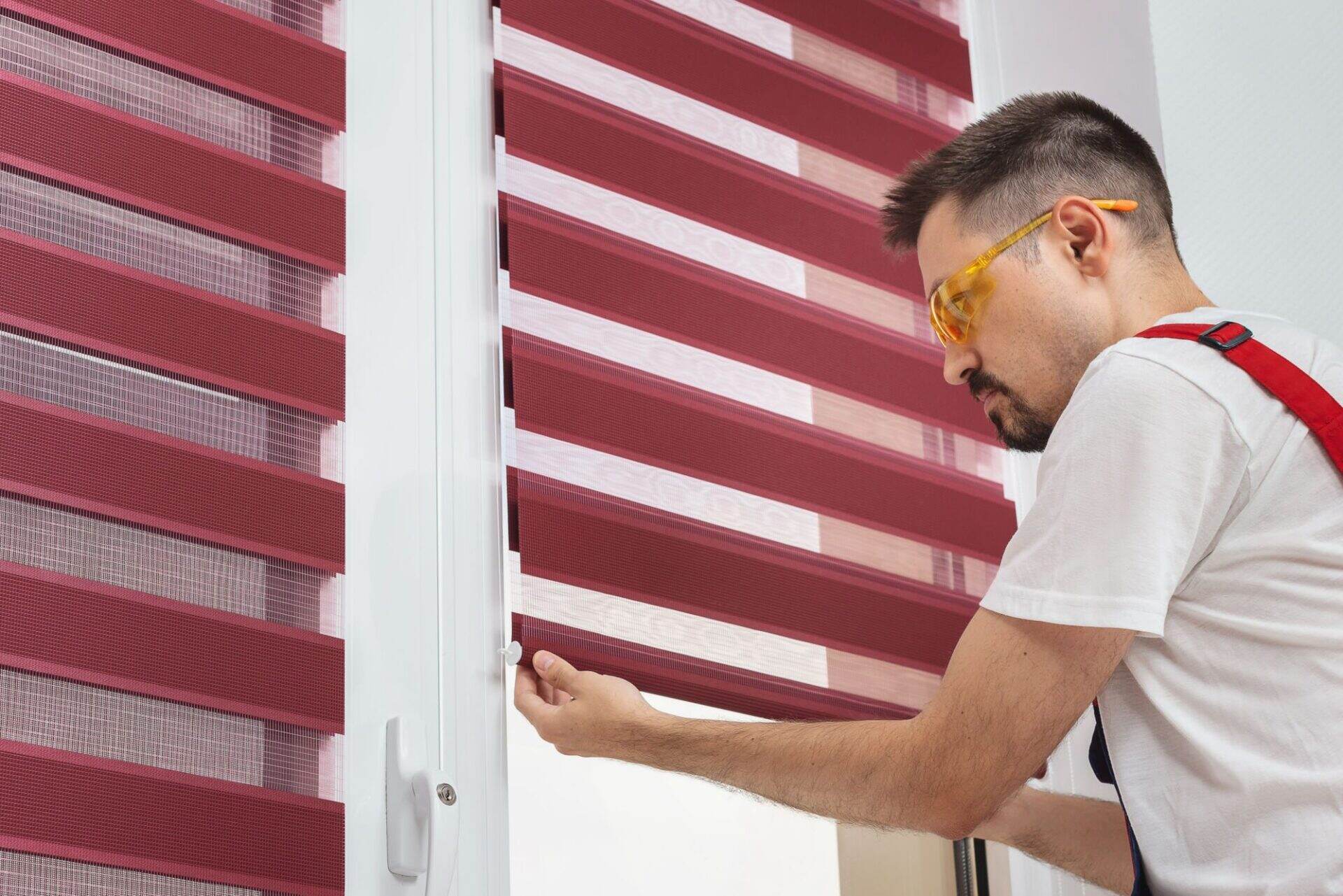
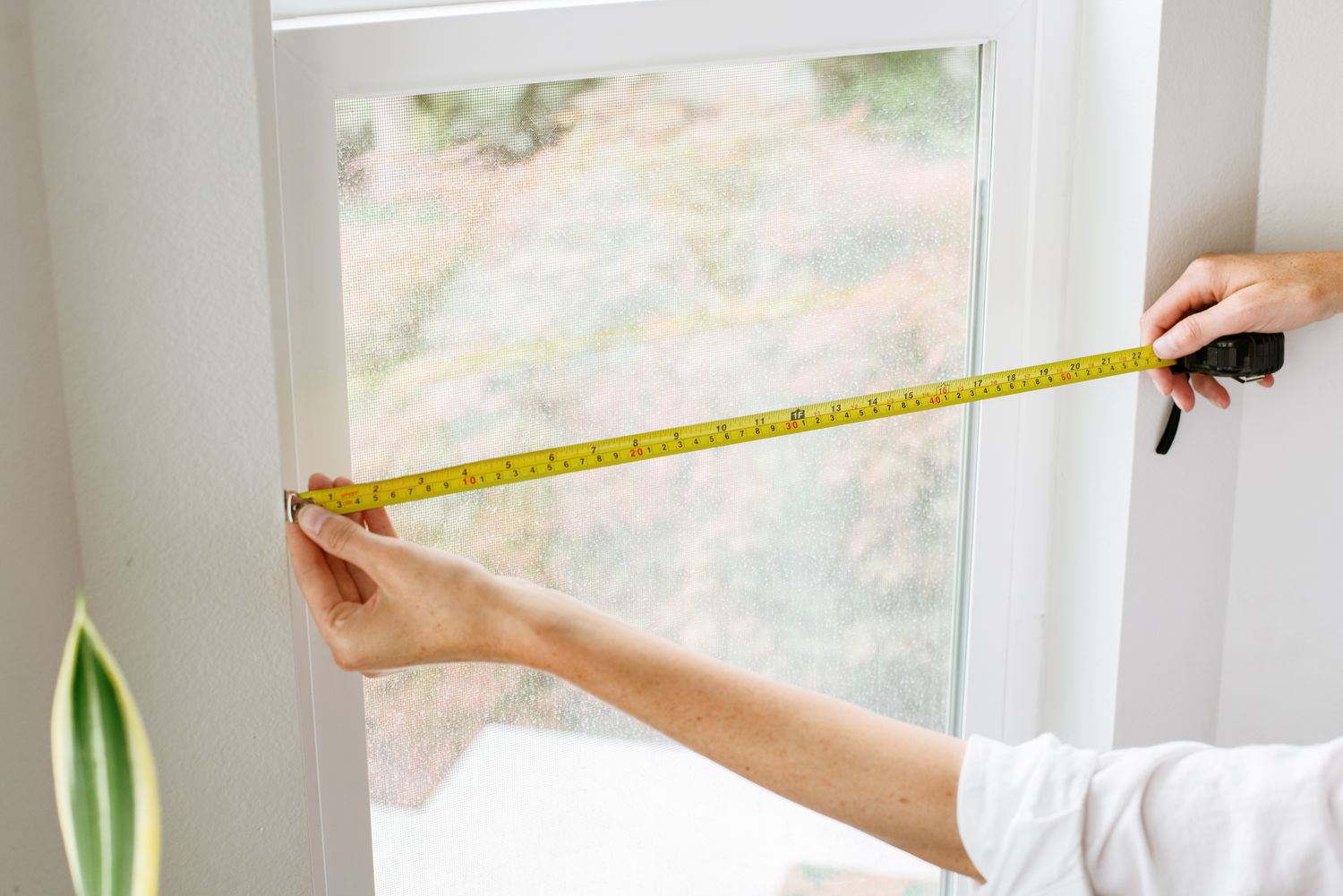
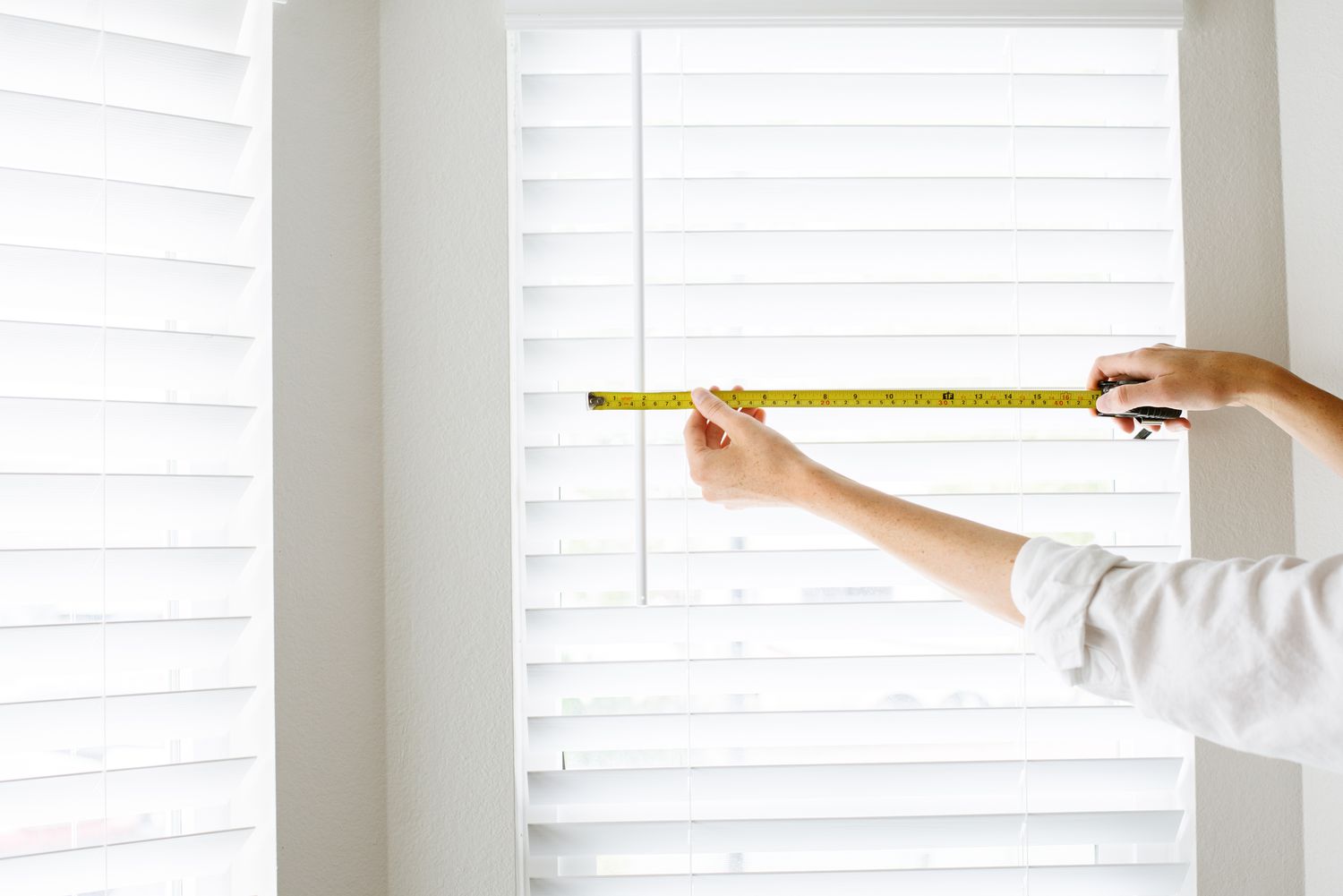
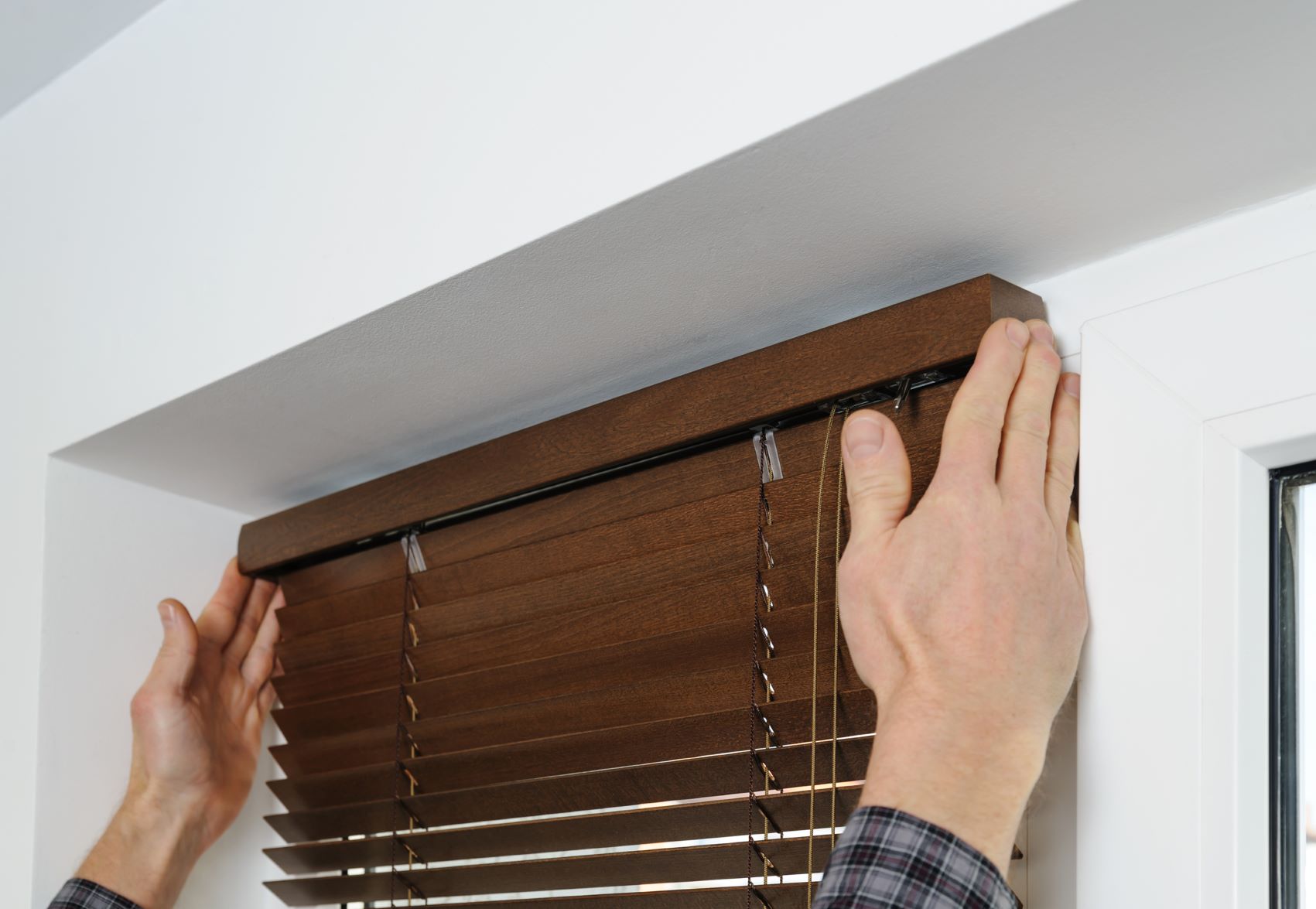
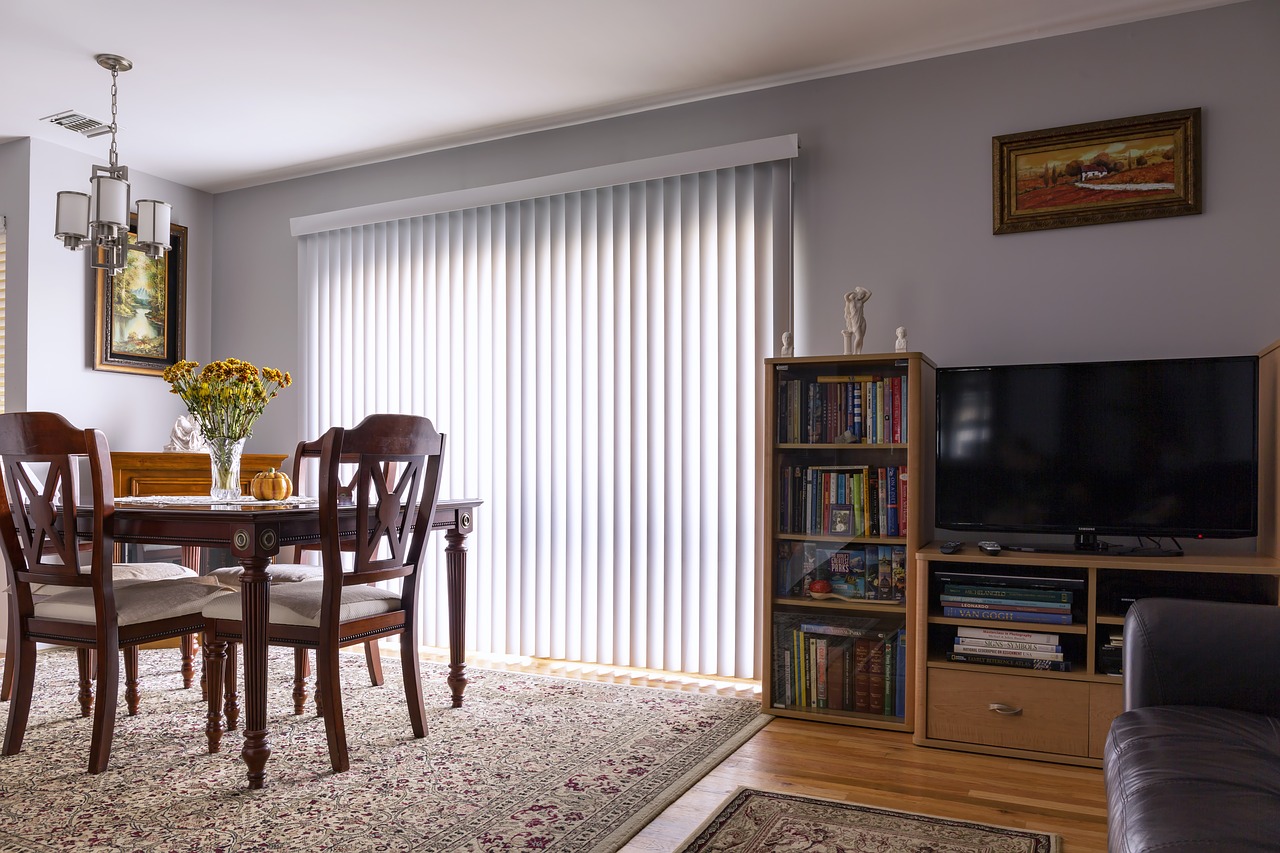
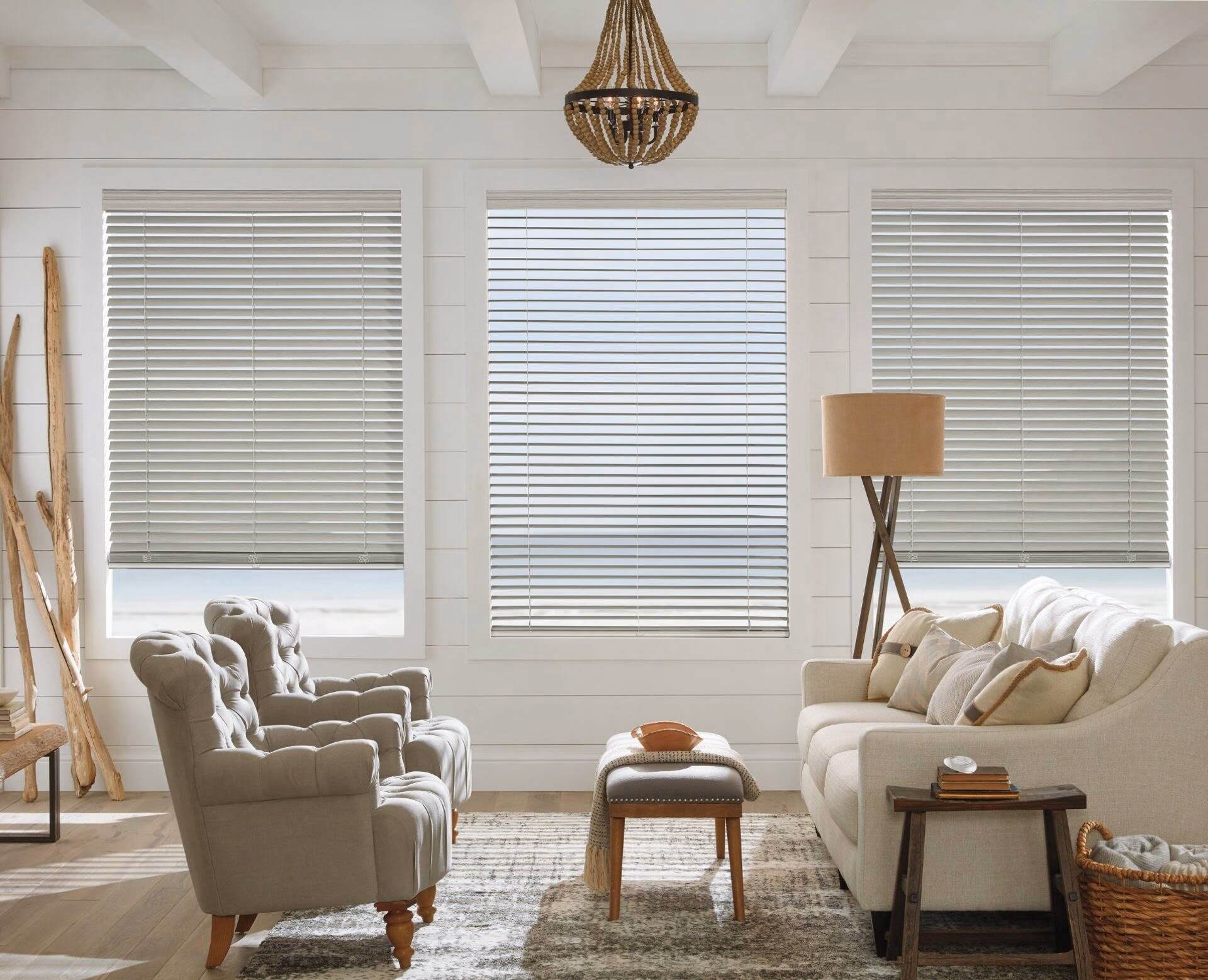
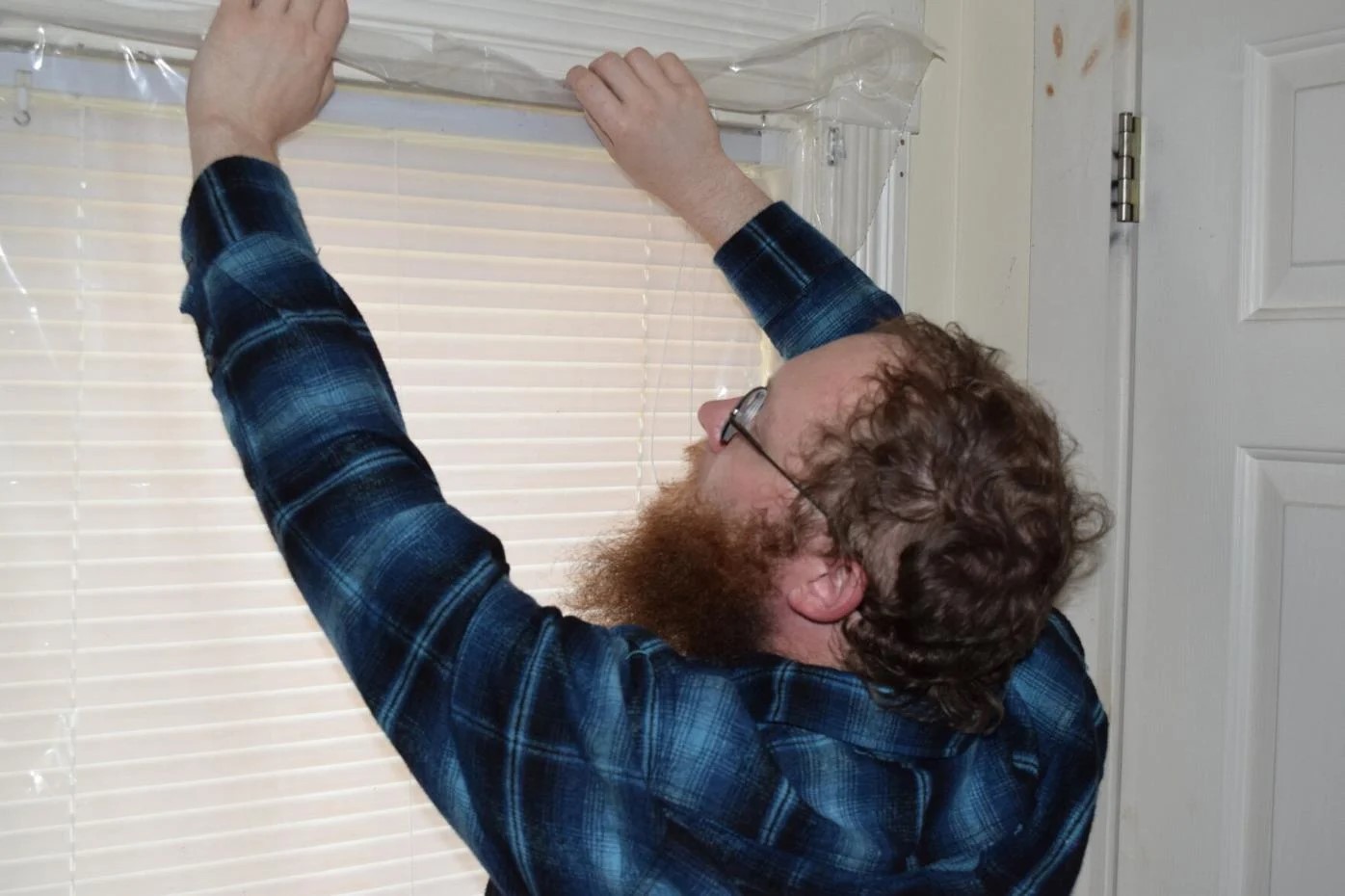
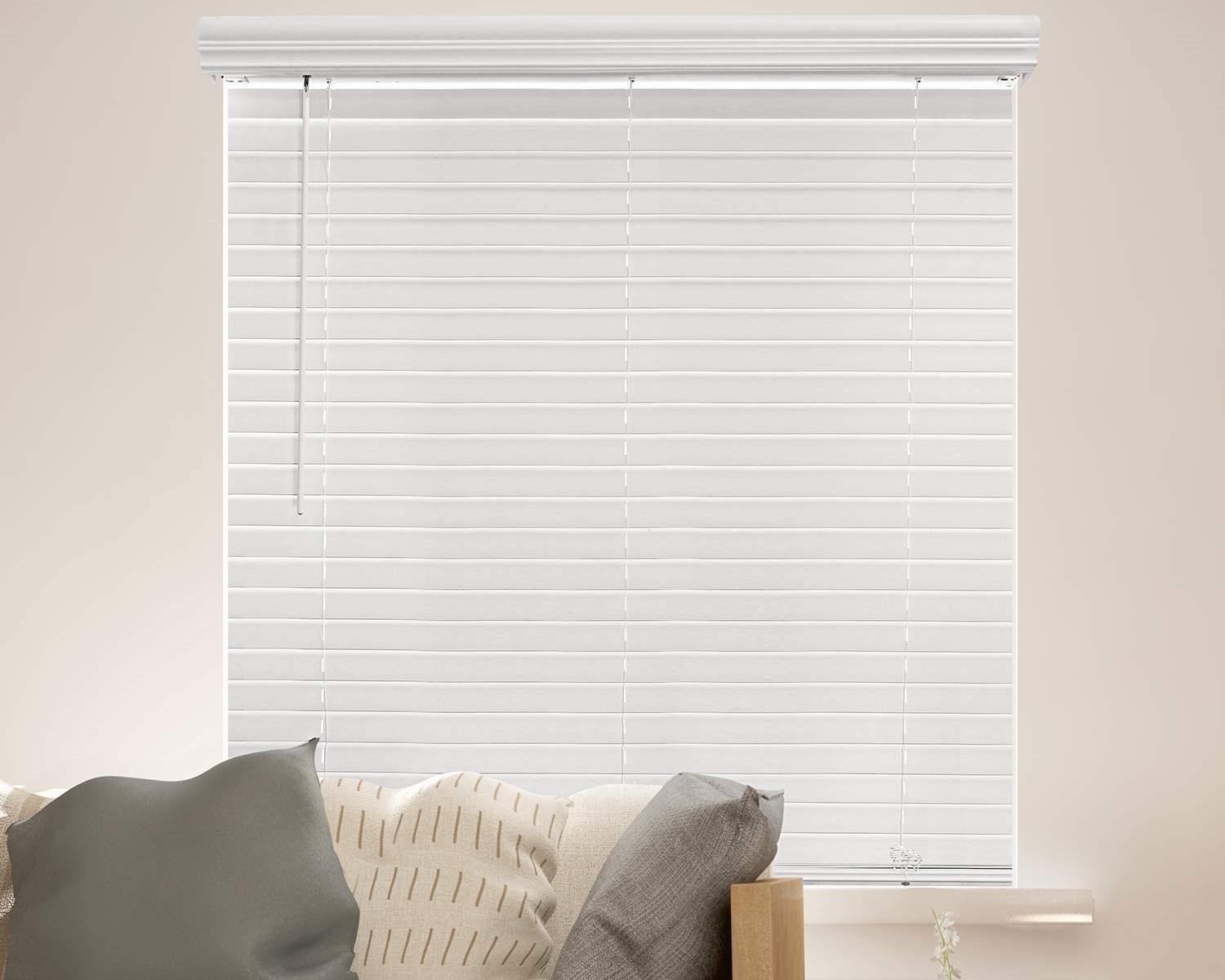
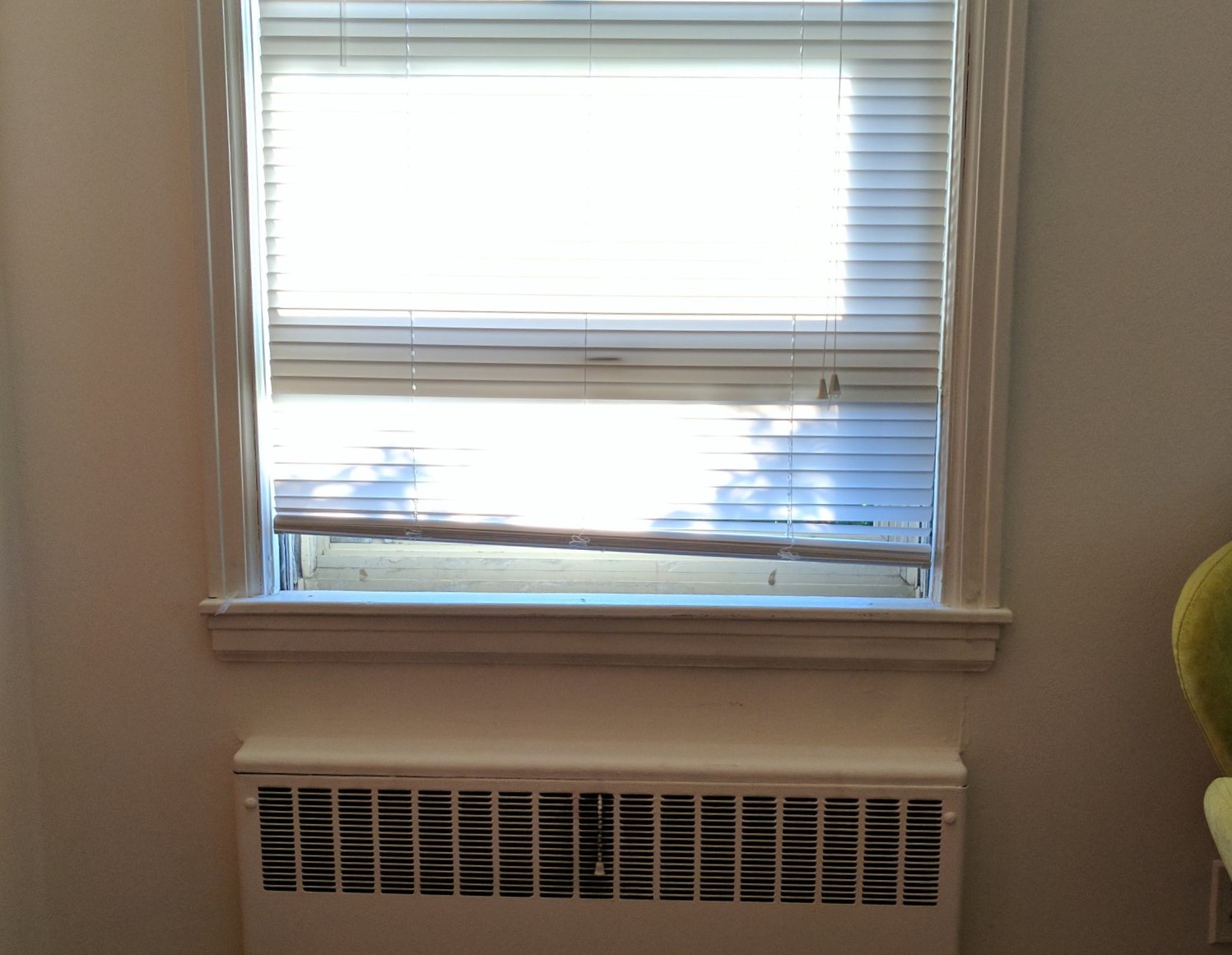
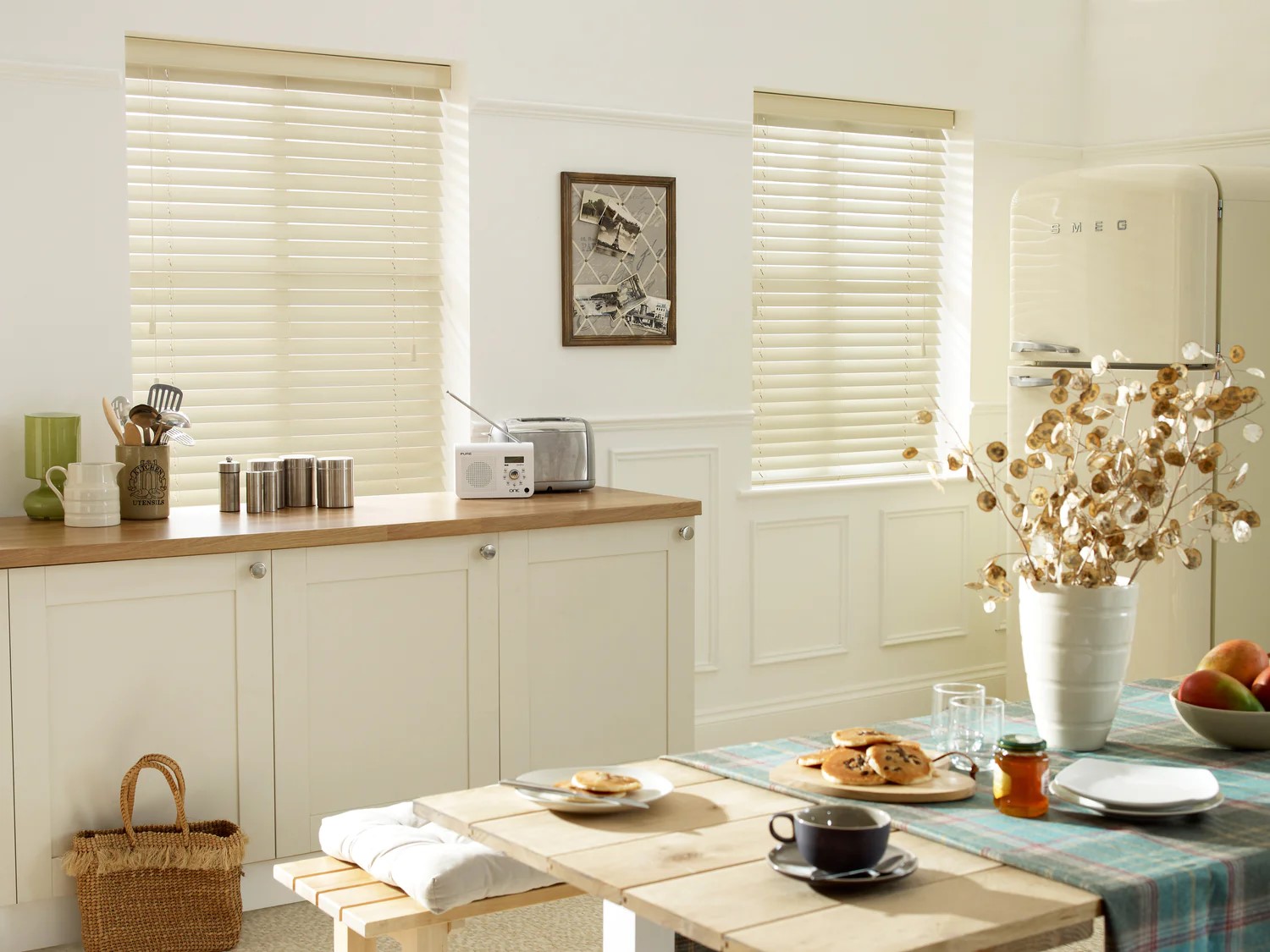

0 thoughts on “How To Measure Drapes For Windows”